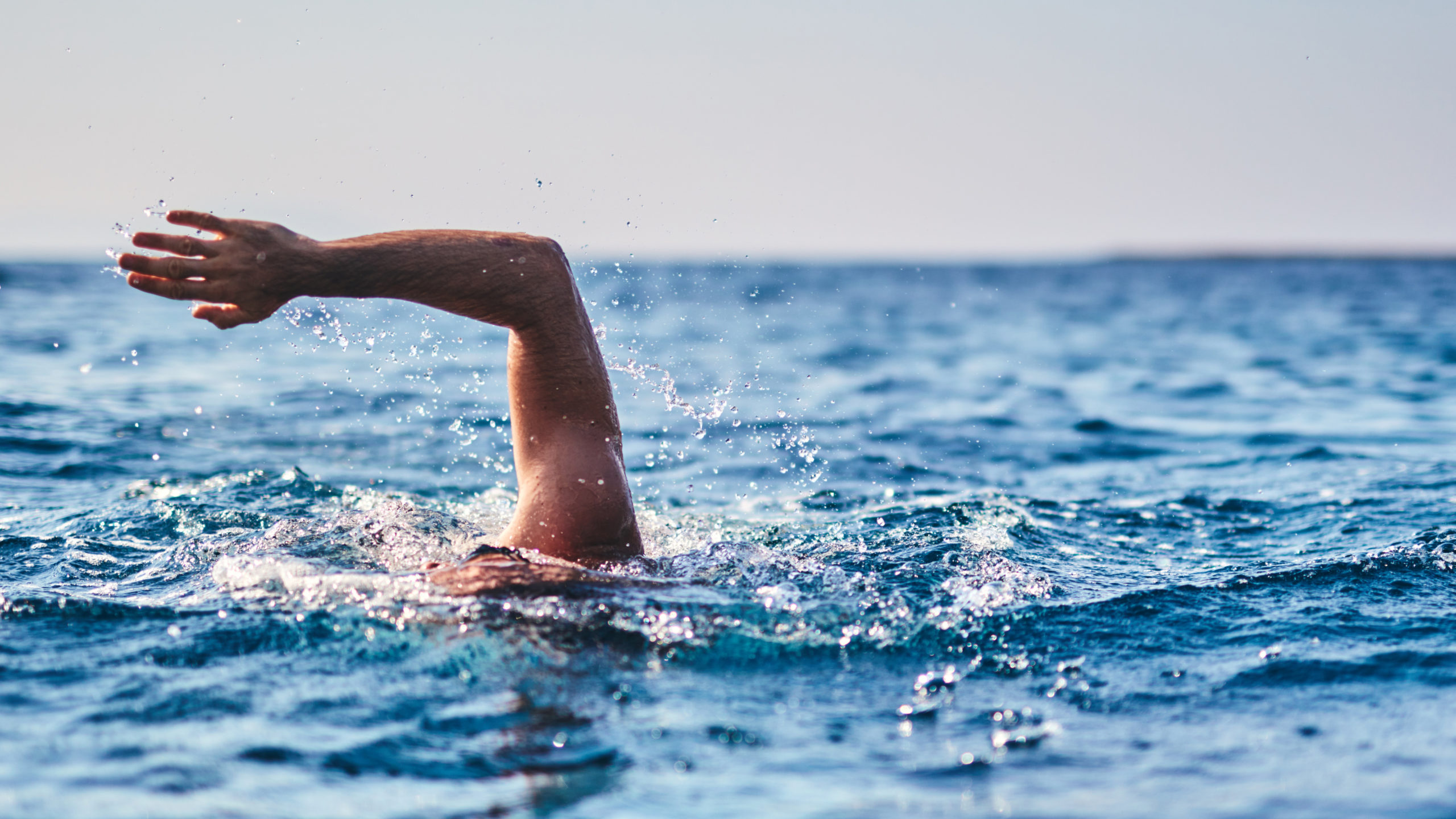
 Swimmer’s shoulder is a blanket term used to describe pain in the shoulder that may have been caused by any number of activities.
Swimmer’s shoulder is a blanket term used to describe pain in the shoulder that may have been caused by any number of activities.
Swimmer’s shoulder is a blanket term to describe pain in the shoulder. It is generally an overuse type injury and multiple structures may be affected.
The shoulder is a ball and socket joint. It is very mobile and relies on the joint capsule, ligaments and muscles for stability rather than the bony congruency itself. Over-training, fatigue, weakness, hypermobility and poor technique can overload some muscles and ligaments. This could lead to rotator cuff tears/tendonitis, impingement, bursitis, and cartilage damage.
Treating swimmer’s shoulder
In order to treat your shoulder correctly you need the correct diagnosis.
The first stage of treatment involves rest and reducing inflammation. Ice, anti-inflammatory creams can be helpful. Avoid positions of discomfort that aggravate your pain. Taping or a sling may be necessary to provide support and relief.
Your therapist will then guide you on range of motion exercises, keeping in mind the structures that need to heal. Building stability and control of the rotator cuff muscles and scapula will ensure when you do move your shoulder the joint is moving correctly and not impinging.
Strengthening exercises will then be progressed through the range of motion you require for swimming. Slow re-introduction to swimming is important to ensure your injury is not re-aggravated. It may be important to have your swimming technique assessed to ensure you are moving correctly and loading the muscles and joints evenly. This process may take time, but returning too soon and re-injuring your shoulder can be more frustrating and delay your return.
Working with an experienced therapist will give you the best chance of returning to swimming pain free in a timely fashion.
If you have any questions regarding pain in the shoulders, arms, wrist or hands, please call our clinic today to book in for your assessment.
